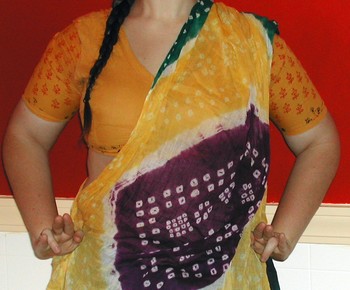Nṛtyavinōda of Mānasôllāsa: Nṛttahastas (Dance hands (single and combined))
1126 CE - 1234 CE - by Someśvara III
Nṛttahastas - Dance hands (single and combined)
Nṛtyavinōda of Mānasôllāsa - Language: Sanskrit
This a great text for everything. It's written in the Western Chalukyan dynasty which is in modern day Karnataka and Andhra Pradesh. This a truly broad and yet detailed text covering a number of elements of life at this time. One volume of this set of tomes is the Nṛtyavinōda. It returns to the same type of format of the Natya Sastra in that lists sets of movements of each part of the body with descriptions of how to execute them and what they mean.
Descriptions and Meanings
4:1239-1240
Udvṛtta: The two hands which are in Haṁsapaksha Hasta are waved like palm-leaf fans in front of the chest.
4:1242-1243
Viprakirṇa: The hands which are in the Haṁsapakṣa Hasta are placed facing out in front of the chest and point either upwards or downwards.
4:1244-1246
Arālakaṭakāmukha: One hand is held in front of the chest in the Khaṭakāmukha Hasta facing outwards. The other hand in the Arāla Hasta is held obliquely and is extended slightly facing outwards.
4:1246-1247
Āviddhavakatra: The elbows, the shoulders and the hands which are in the Arāla Hasta are moved pointing downwards.
4:1248-1249
Recita: The hands which are in the Haṁsapakṣa Hasta are extended away from the sides and quickly moved in a circular manner.
4:1249-1250
Ardharēcita: One hand in Recita Hasta and the other in Caturastra Hasta are moved in Khatakasya.
4:1250-1251
Uttanavañcita: The shoulders and elbows are bent and the hands which are in the Tripatāka Hasta are moved obliquely.
(there is no tripataka in this source)
4:1251-1252
Pallava: The hands which are in Padmakosa Hasta with the wrists loosely held are pointed upwards or downwards either at the sides or in front.
4:1252-1253
Nitamba: The hands which are in the Tripatāka Hasta move from the region of the shoulders to the hip where they are moved (recita).
(Tripataka is not in this source text)
4:1253-1254
Kēśabandha: The hands which are in the Tripatāka Hasta emerge from the region of the hair and are moved near the sides.
4:1254-1255
Latābhidha: The hands which are in the Tripataka Hasta are extended to the sides and are moved (recita) continuously.
4:1259-1260
Danḍapakṣa: The hands which are in Haṁsapakṣa Hasta are extended obliquely and moved round (yivartita).
4:1260-1261
Urdhvamaṇḍalina: The hands which are in the Arāla Hasta are moved round (in Vyavrtta and Parivartita) over the head.
4:1261-1262
Pārśvamaṇḍalina: The hands which are in the Arāla Hasta are moved round (in Vyavrtta and Parivartita) at the sides. (yes, it's the same as Urdhvamaṇḍalina?)
4:1263-1264
Uraḥpārśvārdhamaṇḍali: One hand in the Alapadma Hasta and the other in the Arāla Hasta are moved near the chest and the sides.
4:1264-1265
Muṣṭisvastika: The hands which are in the Khatakamukha Hasta at the chest are bent at the wrists and then moved round.
4:1265-1266
Nalinīpadmakośa: The hands which are in the Padmakosa Hasta are shaken and moved round from the knees to the head.
4:1266-1267
Ulbaṇa: The hands which are in Alapadma Hasta are stretched upwards and moved round.
4:1262-1263
Vakṣōmaṇḍalina: One hand is moved in Udvestita and the other in Apavestita in front of the chest.
4:1247-1248
Sūcyāsya: The hands which are in the Catura Hasta are extended obliquely with the elbows being slightly bent.





